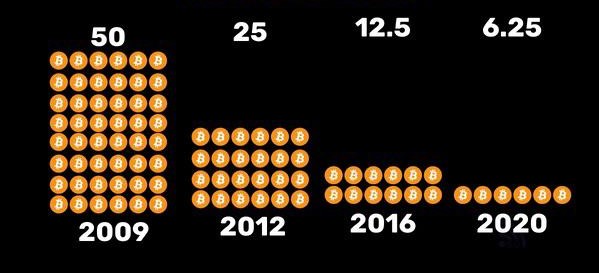Halving Cronômetro
Bloco Atual
Loading...Blocos até o Halving
Calculating...Mudança de Preço desde o Halving
Loading...Inicialmente, quando o Bitcoin foi criado, seu código foi pensado para que a mineração de cada bloco ocorresse aproximadamente a cada 10 minutos. Esta taxa foi escolhida para equilibrar a segurança da rede e a eficiência das transações. No lançamento do Bitcoin em 2009, a recompensa para os mineradores adicionarem um novo bloco ao blockchain era de 50 Bitcoins.
Para garantir um fornecimento gradual e limitado de Bitcoins, o código Bitcoin introduziu o conceito de “redução pela metade”, o que significa reduzir periodicamente as recompensas dos mineiros. Isso ocorre a cada 210 mil blocos minerados, aproximadamente a cada quatro anos. Em 2012, ocorreu o primeiro halving, reduzindo as recompensas dos mineradores de 50 Bitcoins para 25 Bitcoins por bloco minerado.
Este processo foi repetido mais duas vezes, em 2016 e 2020, fazendo com que a recompensa fosse reduzida para 12,5 Bitcoins e depois para 6,25 Bitcoins por bloco minerado. Esta estratégia de redução pela metade foi projetada para diminuir gradualmente a taxa de criação de novos Bitcoins, contribuindo para a escassez planejada e aumentando teoricamente o valor percebido da moeda ao longo do tempo.
A oferta reduzida que entra no mercado pode levar a um choque de oferta semanas após o evento de redução pela metade:

| Ciclos | Data | Preço no Halving | ATH - Preço | Terminou - Preço |
|---|---|---|---|---|
| 1º Halving | 28.11.12 | $ 12.30 |
$ 1,163(+9,355%)
|
$ 650.00(+5,184%)
|
| 2º Halving | 9.07.16 | $ 650.00 |
$ 19,650(+2,923%)
|
$ 8,590(+1,221%)
|
| 3º Halving | 11.05.20 | $ 8,590 |
$ 73,682(+758%)
|
$ 63,876(+643%)
|
| 4º Halving | 20.04.24 | $ 63,876 |
N/A
|
N/A
|
Perguntas frequentes sobre o Halving:
Além disso, as datas de halving do Bitcoin estão codificadas no sistema e continuarão até que as recompensas dos mineradores por bloco alcancem zero, precisamente 0.00000000 BTC. Este marco está previsto para ocorrer no ano de 2140.
Essa redução sistemática nas recompensas de mineração de Bitcoin, concedidas aos mineradores por validarem e adicionarem novos blocos à blockchain do Bitcoin, traz implicações significativas para todo o ecossistema do Bitcoin.
Durante um evento de Halving do Bitcoin, a recompensa por bloco é reduzida pela metade, resultando em 50% menos Bitcoins novos para os esforços de mineração dos mineradores. Nos primeiros dias do Bitcoin, a recompensa por bloco começou em 50 Bitcoins. Após o primeiro Halving em 2012, foi reduzida para 25 Bitcoins. O Halving mais recente ocorreu em 2020, diminuindo a recompensa para 6,25 Bitcoins por bloco. O próximo Halving, programado para 2024, reduzirá ainda mais a recompensa por bloco para 3,125 BTC.
O Halving do Bitcoin tem o objetivo de controlar a taxa de inflação do Bitcoin. Ao diminuir a taxa em que novos Bitcoins são gerados, busca-se limitar o fornecimento total a 21 milhões, transformando o Bitcoin em um ativo digital deflacionário ao longo do tempo. Historicamente, este evento influenciou significativamente o mercado de Bitcoin, frequentemente desencadeando uma demanda elevada e, consequentemente, uma potencial valorização de preço.
Investidores, mineradores e a comunidade cripto em geral acompanham de perto os eventos de Halving devido ao seu impacto potencial nos preços do Bitcoin e no mercado cripto como um todo. Traders e entusiastas veem esse evento como um fator crucial na formulação de suas estratégias de investimento e previsões de mercado.
A data do Halving do Bitcoin deve ocorrer dentro de alguns dias da data prevista. No entanto, se a taxa de hash do Bitcoin experimentar um aumento substancial, a data do Halving poderá ocorrer mais cedo.
